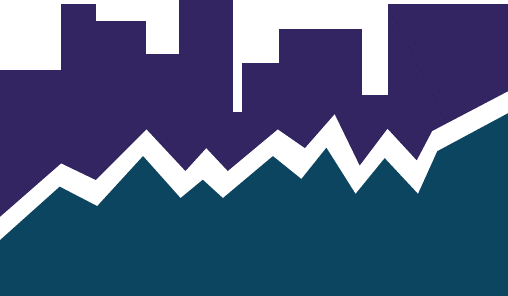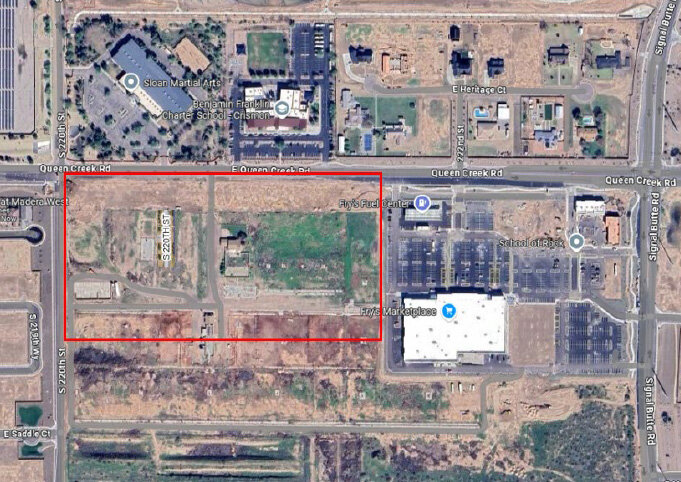The Monday Morning Quarterback
A quick analysis of important economic data released over the last week
By Elliot D. Pollack & Co. | Rose Law Group Reporter
We are living in a period that feels like an inflection point. The newest Wall Street Journal survey of economists place the probability of recession in the next 12 months at 63%, much higher than the 49% reported in July. Recession means slower economic growth and job losses. Yet, the economy is still actively adding jobs and the unemployment rate dropped last month. The manufacturing and services sectors also expanded.
Job growth nationally is expected to continue to slow and eventually reverse course next year, but we’re not there yet. Job creation has slowed in the second half of the year and job openings have declined somewhat rapidly, though still nearly double the long run average of job openings in the last ten years. The labor supply crunch is still very evident, and it’s a metric many are pointing out could soften any looming recession in terms of job losses. Losses are still expected, but the chronic lack of labor supply is expected to limit the growth in unemployment.
Increased probability of recession all points to inflation and the Fed’s response to it. Inflation continued to be high despite the Fed’s efforts to slow it. Overall inflation increased 8.2% in September. That was above expectations of 8.1% but below August’s increase of 8.3%. Core-inflation increased by 0.4% and was up 6.6% from a year ago. The Fed remains committed to fighting inflation. Meaning, the continued job growth and reports of high inflation point to more rate hikes through the end of the year.
The last debate regarding the Fed’s response is whether it will be too much or not enough. Some believe that with the lag between hiking interest rates and the time it takes to filter through the economy, too much tightening could occur which would create unnecessary pain and job loss when the impacts do fully materialize. We fall on the other side of the argument. The risk is much greater for the economy and well-being of American households if the Fed stops short of their inflation rate goal of 2%. The Fed’s message, and we agree, is that they prefer short term pain to a long and protracted period of inflation or stagflation. A (hopefully) short-lived recession is preferable to not doing enough to curb inflation and languishing with a combination of persistently high inflation and low growth. Whether the Fed can stomach the economic losses of their own making and continue their course remains to be seen.
U.S. Snapshot:
- The U.S. economy continued to create jobs, albeit at a slower pace. The U.S. added 263,000 jobs in August. The majority of gains were in Leisure & Hospitality (83,000) and Professional & Business Services (90,000). Leisure & Hospitality, the sector that lost the most jobs (8.2 million) during the pandemic, remains 1.1 million below the pre-pandemic level.
- The unemployment rate dropped again to the recovery cycle low of 3.5% after increasing to 3.7% in August.
- While we have seen a slowdown in job creation in the second half of 2022, the economy has added 3.8 million jobs. 2.7 million of those jobs were created in the first half of 2022. Since 2021, the economy has averaged 501,000 jobs a month compared to the 263,000 jobs added in September and the 315,000 created in August.
- Job openings fell by 1.1 million in August, bringing the number of openings to the lowest level since June 2021. To put it in perspective, August’s number of 10.1 million openings is nearly double the 2010-2019 average of 5.1 million.
- The manufacturing sector continues to expand, but barely. ISM’s Manufacturing PMI September level was 50.9%, down from 52.8% in August. The index remained above the 50% level that signals growth in the manufacturing sector.
- The service sector continues to be strong despite a monthly decline from 56.9% to 56.7% in September. The ISM’s Service PMI remained well above the 50% threshold.
- Consumer credit rose at an annualized rate of 8.3% or by $32.2 billion. Non-revolving credit increased by $15.1 billion and revolving credit grew by $17.2 billion. The recent increase in revolving credit (credit cards) is worrisome, as credit cards are an expensive way for consumers to finance spending.
- Initial unemployment claims increased by 9,000 to 228,000 last week. The number of initial claims remains at pre-pandemic levels.
- Inflation continued to be high despite the Fed’s efforts to slow it. Overall inflation increased 8.2% in September. That was above expectations of 8.1% but below August’s increase of 8.3%. Core-inflation increased by 0.4% and was up 6.6% from a year ago. The Fed remains committed to fighting inflation. Continuous job growth with high inflation points to more rate hikes through the end of the year.
- Retail sales were flat in September, after increasing by 0.4% in August. Retail sales were up 8.2% from a year ago. Consumers have remained resilient despite price increases seen across the economy.
- Consumer sentiment improved slightly in the first half of October. The level was 59.8, up 2% from last month, but remains well below last year’s level.
Arizona Snapshot:
- August’s total taxable sales were up 9.8% from last year across Arizona. Maricopa County saw a slightly higher increase of 9.9%. Retail sales increased 9.1% for the state and 9.0% for Maricopa County. Pima County saw an increase of 7.8% for taxable sales and 7.6% for retail sales.
- The number of active listings increased again in September and was above 22,200, according to the Cromford Report. The number of resales declined 32.3% to 6,346. The number of listings increased 93.8% during the same time period. As a result, the median sales price has only increased 7.1% for the year.
- The number of passengers at Sky Harbor continues to recover. In August, total passengers were up 2.3% compared to last year. Year-to-date, 2022 is outperforming 2021. But, it remains 6.3% below 2019 levels.










